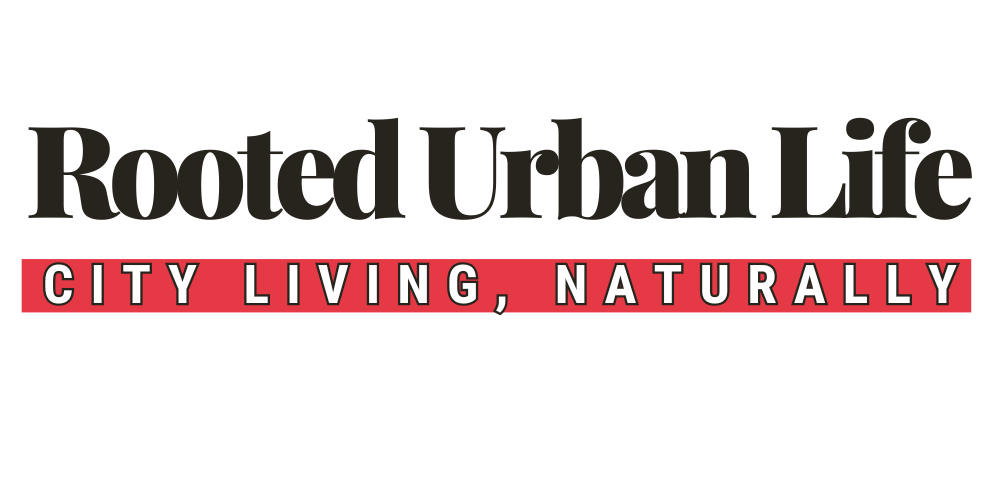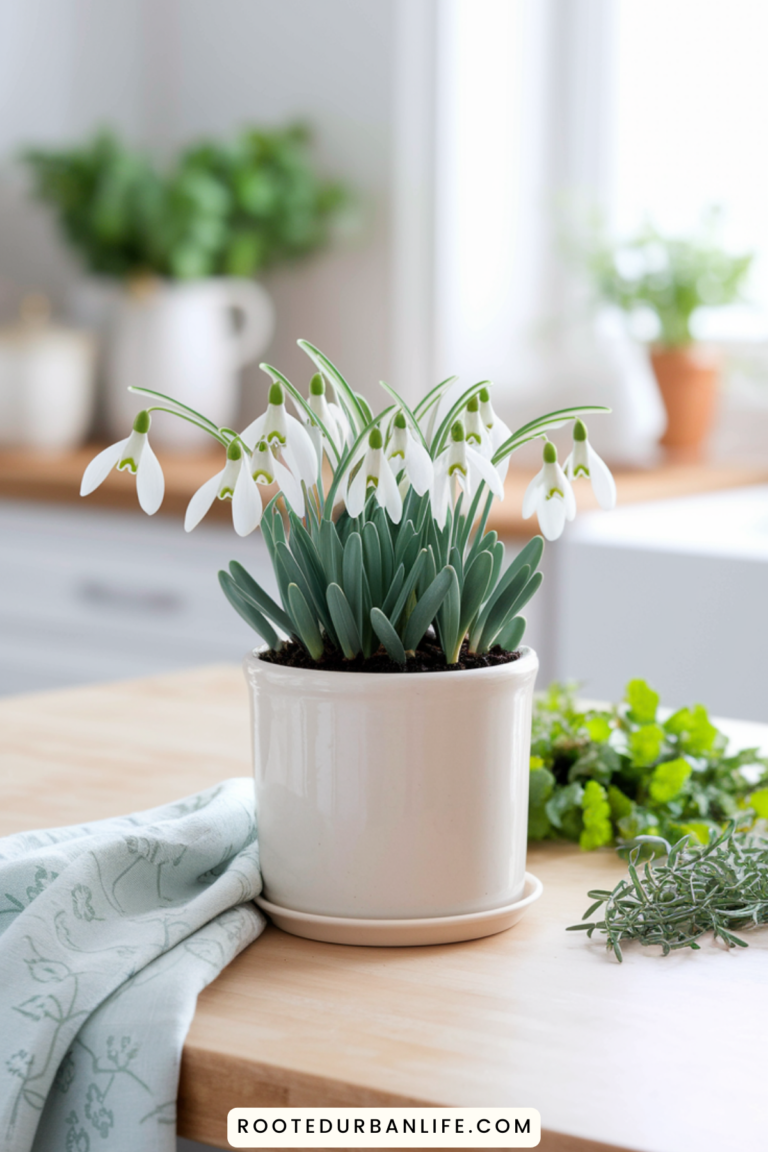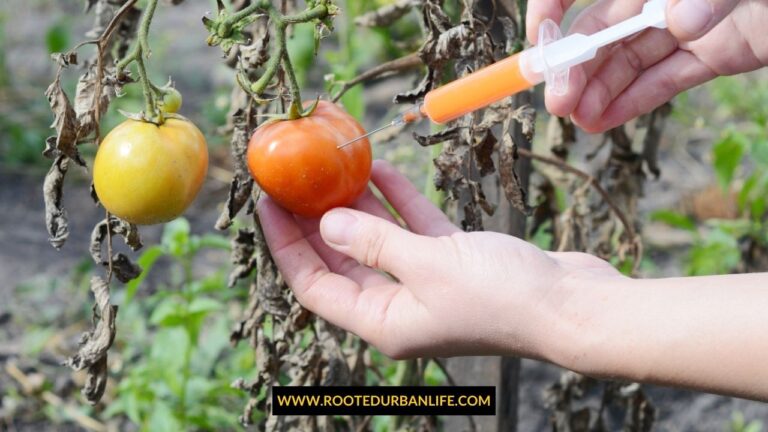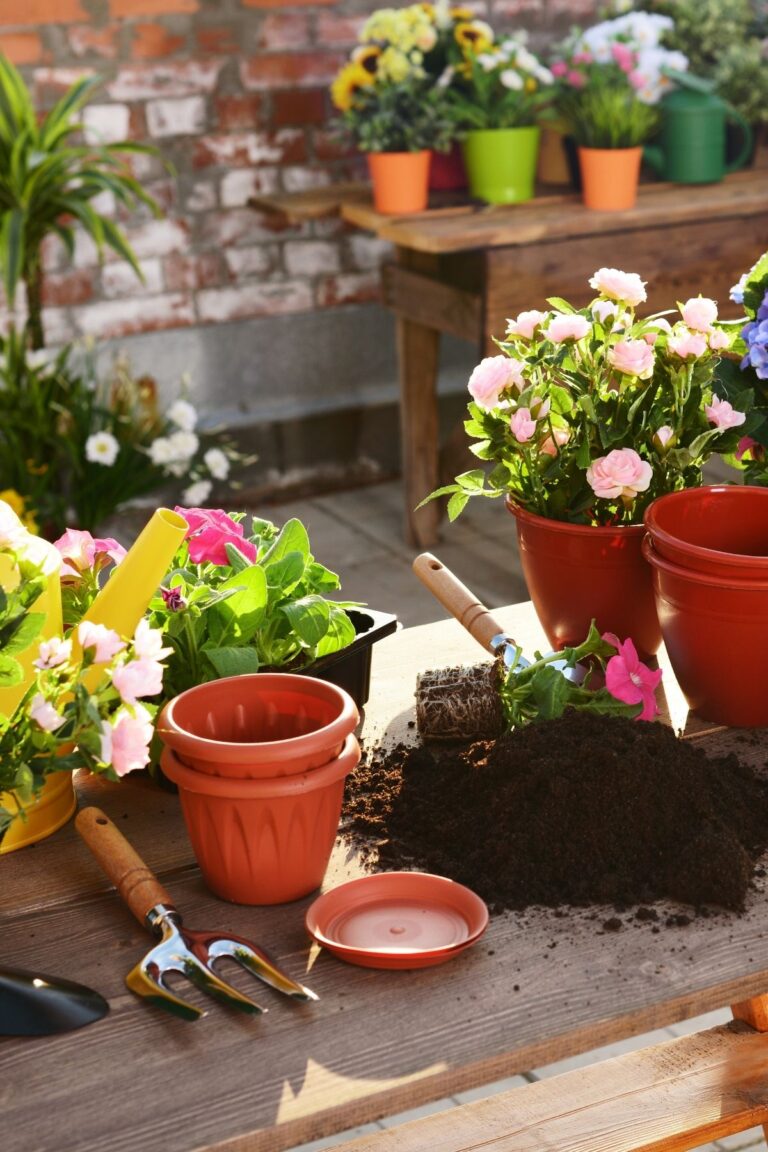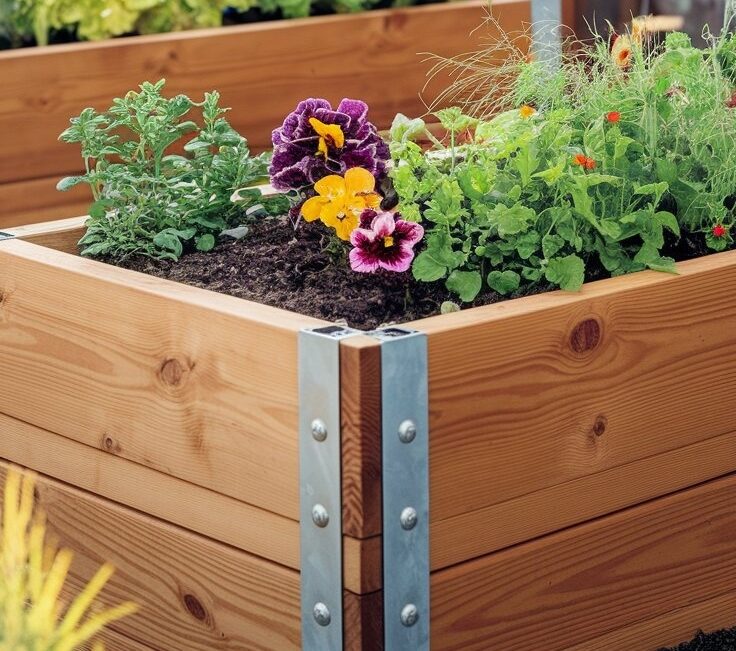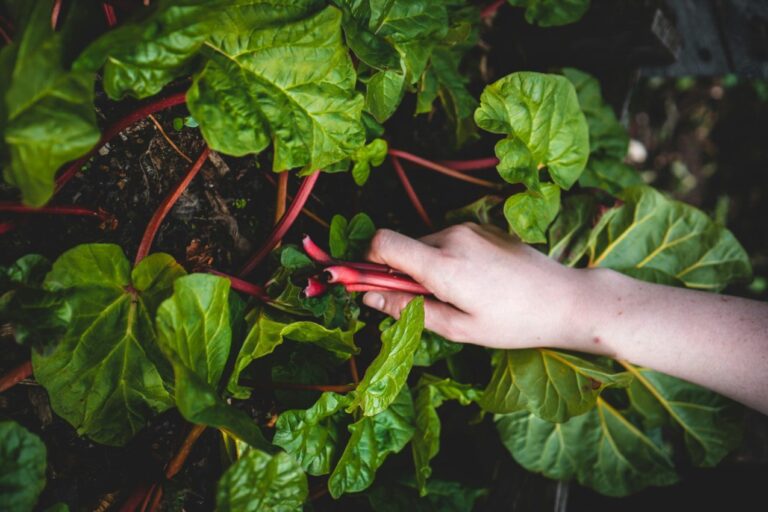How to Create a Beautiful Herbal Tea Garden on Your Balcony: 15 Essential Plants for Small-Space Brewing
Problem Living in an apartment or small urban space often means giving up the dream of growing your own food and herbs. But what if you could step outside your door each morning and snip fresh herbs for a soothing cup of tea made entirely from plants you’ve grown yourself?
What you will learn:
- How to transform even the tiniest balcony into a productive tea garden
- Which 15 tea plants thrive in containers and are perfect for beginners
- Step-by-step setup instructions for your balcony garden success
- Simple maintenance tips that won’t overwhelm your busy schedule
- How to harvest and use your homegrown herbs for delicious teas
I started my own balcony tea garden three years ago with just two pots of mint and lemon balm. Today, I harvest over a dozen different herbs for custom tea blends that friends now request as gifts! The satisfaction of brewing tea from plants you’ve grown yourself is truly something special.
Ready to sip homegrown herbal teas while enjoying your morning sunshine? Let’s get growing!
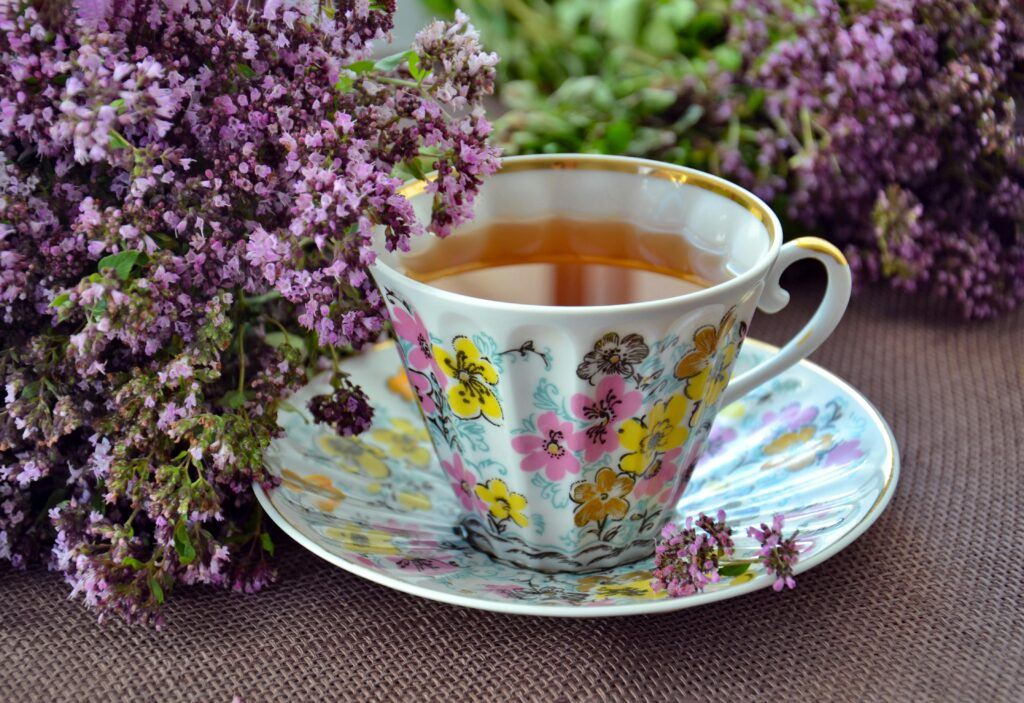
What You Might Need
Before diving into the specifics, here’s a quick checklist of essentials you’ll need to get started:
- Containers with drainage holes (terracotta or plastic both work well)
- Quality potting soil specifically formulated for containers
- Watering can with a gentle flow spout
- Hand pruners or kitchen scissors for harvesting [
- Organic fertilizer suitable for edible plants
- Plant labels to keep track of what you’ve planted
- Small trowel for planting and repotting
Note: While all these items are helpful, you can start with just containers, soil, and plants if you’re on a budget!
Setting Up Your Herbal Tea Garden Plants for Success
Choose the Perfect Location: Tea Garden Design Basics
My first tea garden failed because I ignored the most important factor: sunlight. Most tea herbs need at least 4-6 hours of direct sunlight daily to thrive and develop the essential oils that give them flavor.
- Track the sunlight patterns on your balcony for a few days
- Position your containers where they’ll receive morning sun (eastern exposure is ideal)
- Consider using a rolling plant stand for containers to move them throughout the day
- Remember that northern-facing balconies will limit your plant choices to shade-tolerant herbs
- Use walls and railings to your advantage – they can create microclimates
Select the Right Containers
Container choice can make or break your balcony tea garden. Trust me, I learned this the hard way when my mint quickly took over and strangled my chamomile!
- Choose containers at least 6-8 inches deep for most tea herbs
- Ensure all containers have drainage holes to prevent root rot
- Consider self-watering containers if you tend to forget to water
- Use lighter-colored containers to keep roots cooler in hot climates
- Separate aggressive herbs like mint and lemon balm in their own containers
- Try vertical planters or hanging baskets to maximize space
- Select container materials based on your climate (plastic retains moisture, terracotta dries quickly)
Soil and Watering Essentials
Most commercial potting soils drain too quickly for container herbs, leaving them perpetually thirsty. Here’s my solution:
- Start with a high-quality organic potting mix specifically for growing tea plants
- Add approximately 20% compost to improve water retention and add nutrients
- Consider mixing in a small amount of coco coir to help retain moisture
- Water deeply but less frequently to encourage deep root growth
- Check soil moisture by inserting your finger 1-2 inches into the soil—water when it feels dry
- Water early morning or evening to reduce evaporation
- Place saucers under pots to catch excess water but never let plants sit in standing water
15 Easy-to-Grow Herb Tea Garden Plants for Your Balcony
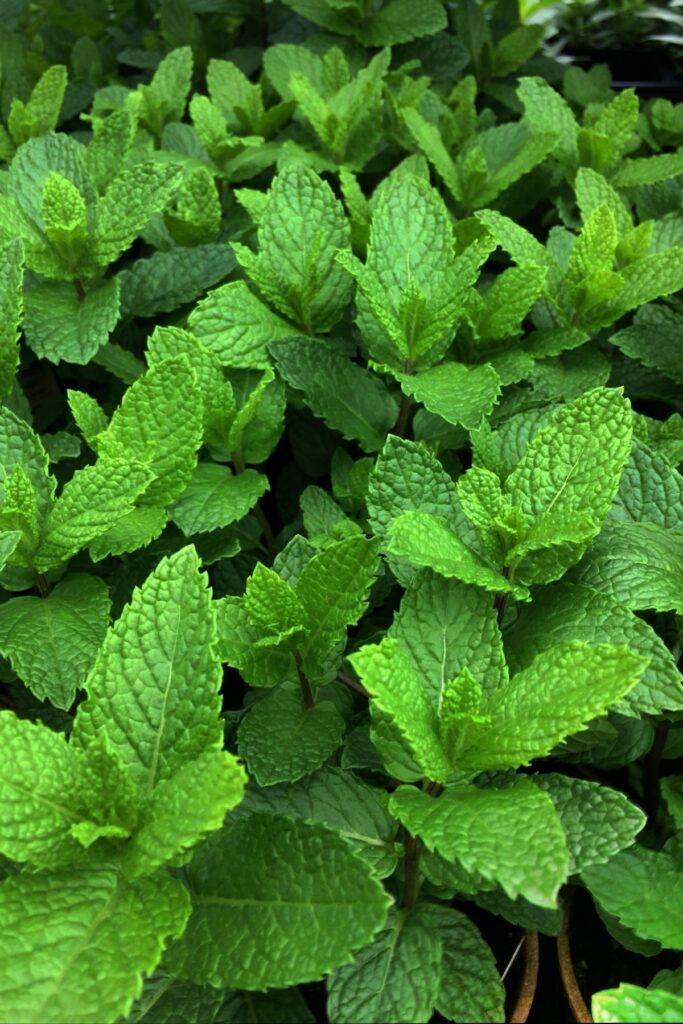
1. Peppermint (Mentha piperita)
The MVP of tea gardens, peppermint is nearly indestructible and perfect for beginners. Its refreshing flavor soothes upset stomachs and adds brightness to any tea blend.
- Grow in its own container—mint spreads aggressively
- Harvest regularly to encourage bushy growth
- Enjoys partial shade in hot climates
- Perfect for digestive teas and summer refreshments
- Can be harvested repeatedly throughout the growing season
Best uses: Digestive aid, refreshing homemade tea, blended with other plants you can make tea from

2. Lemon Balm (Melissa officinalis)
This lemon-scented member of the mint family grows almost as eagerly as mint but brings a gentle citrus note to your teas. It’s my go-to herb for evening relaxation.
- Contains natural compounds that promote relaxation
- Grows well in morning sun with afternoon shade
- Trim regularly to prevent legginess
- Drought-tolerant once established
- Attracts beneficial pollinators
Best uses: Calming bedtime tea, mixed with mint for uplifting summer drinks

3. Chamomile (Matricaria chamomilla)
Those delicate daisy-like flowers produce one of the most widely consumed herbal teas worldwide. German chamomile is annual while Roman chamomile is perennial.
- Prefers full sun but tolerates partial shade
- Water at the base to keep flowers dry
- Harvest flowers when petals are flat or beginning to drop back
- Self-seeds readily, so you may get volunteers next season
- Makes a lovely border plant in larger containers
Best uses: Nighttime relaxation, digestive aid, gentle enough for children
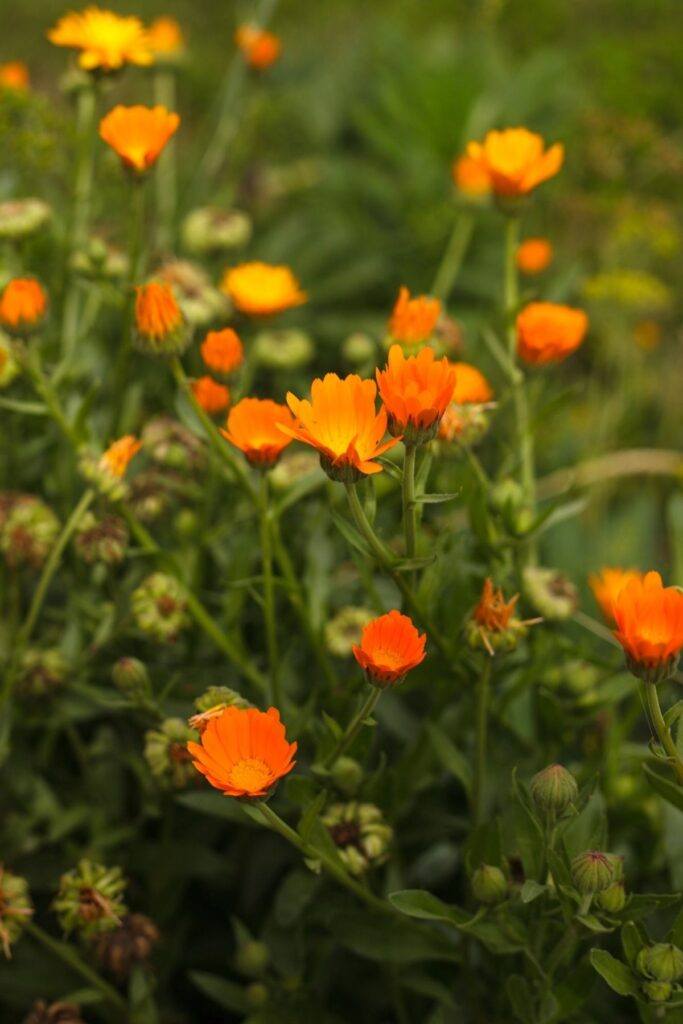
4. Calendula (Calendula officinalis)
Often called pot marigold, this cheery flower adds a beautiful golden color to teas along with a slightly spicy, almost saffron-like flavor.
- Extremely easy to grow from seed
- Continuous bloomer with deadheading
- Loves full sun but tolerates partial shade
- Harvest flower heads when fully opened
- Attracts beneficial insects to your garden
Best uses: Immune-supporting tea, vibrant addition to tea blends, skin-soothing topical
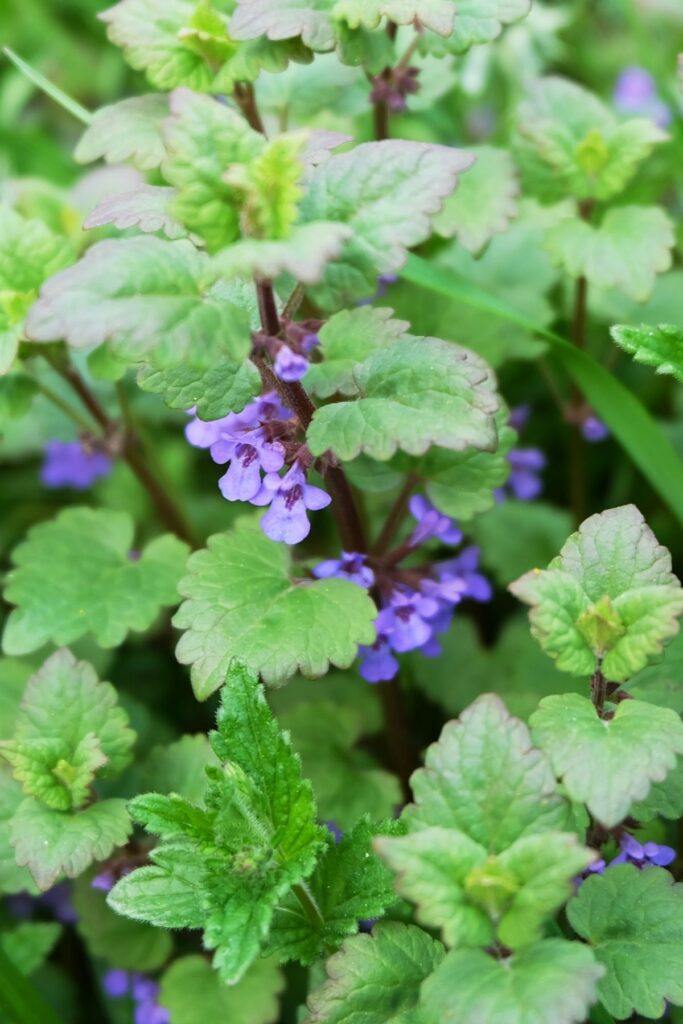
5. Catnip (Nepeta cataria)
Not just for cats! This mint relative has been used for centuries as a gentle sedative and digestive aid. The leaves make a pleasant minty tea with lemon notes.
- Extremely drought tolerant once established
- Grows well in partial shade
- May need protection from neighborhood cats
- Self-seeds readily
- Contains natural compounds that promote relaxation
Best uses: Evening relaxation blend, digestive support, mild enough for children
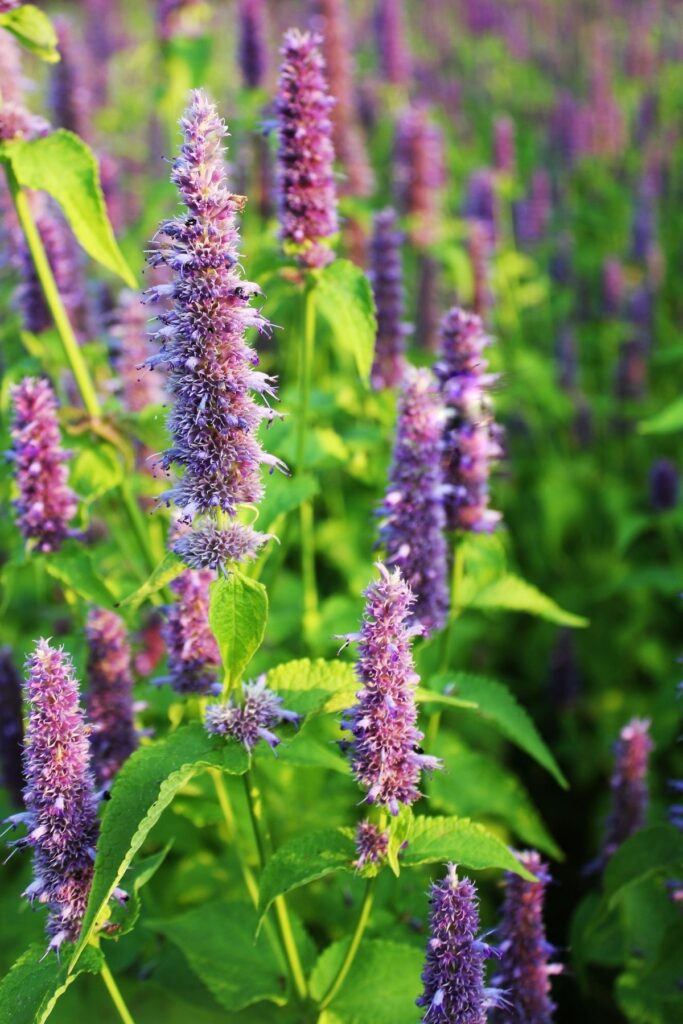
6. Anise Hyssop (Agastache foeniculum)
With its gorgeous purple flower spikes and distinctive licorice-mint flavor, anise hyssop is both ornamental and delicious.
- Attracts butterflies and bees
- Drought-tolerant once established
- Combines well with most other tea herbs
- Perennial in many climates
- Both flowers and leaves are usable for tea
Best uses: Soothing throat tea, digestive support, licorice-flavored dessert tea
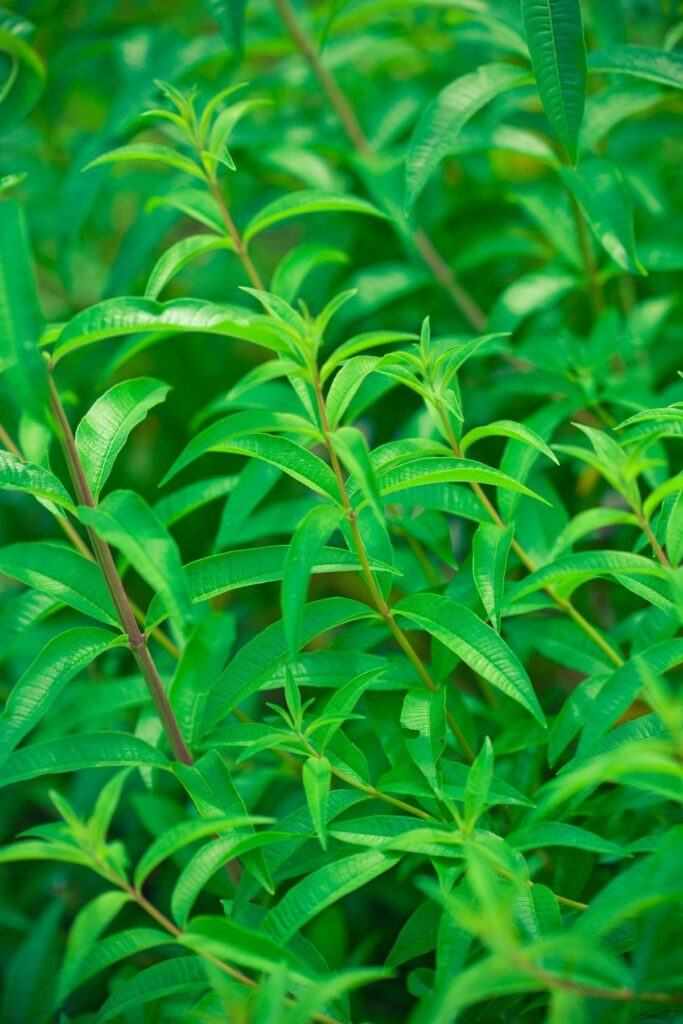
7. Lemon Verbena (Aloysia citrodora)
The most intensely lemon-scented herb for tea, lemon verbena creates a bright, uplifting infusion. It’s my personal favorite for iced tea.
- Needs full sun and protection from cold winds
- More water-demanding than other herbs
- May drop leaves in winter but rebounds in spring
- Grows quite large – consider a dedicated container
- Intensely aromatic – brush against it for an instant mood lift
Best uses: Refreshing iced tea, digestive support, uplifting aromatherapy
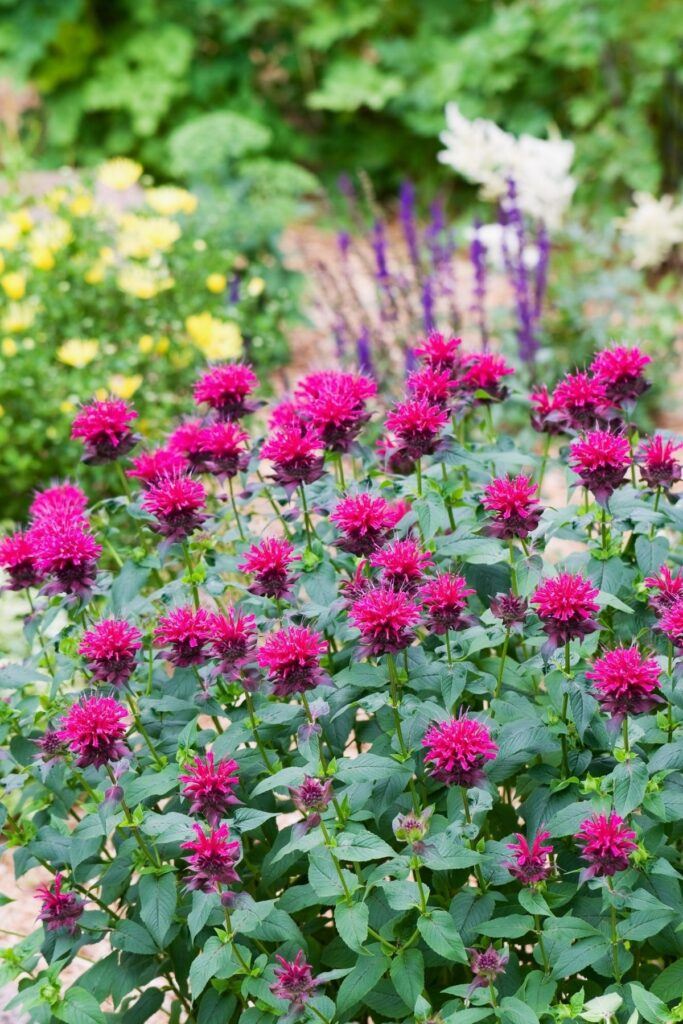
8. Bee Balm (Monarda didyma)
With its citrusy-spicy flavor reminiscent of Earl Grey tea, bergamot adds a unique dimension to herbal blends. Plus, its quirky pom-pom flowers are gorgeous!
- Choose compact varieties for containers
- Prefers moist soil with good drainage
- Needs good air circulation to prevent powdery mildew
- Attracts beneficial pollinators
- Use both flowers and leaves for tea
Best uses: Mixed herb blends, Earl Grey alternative, decorative garnish
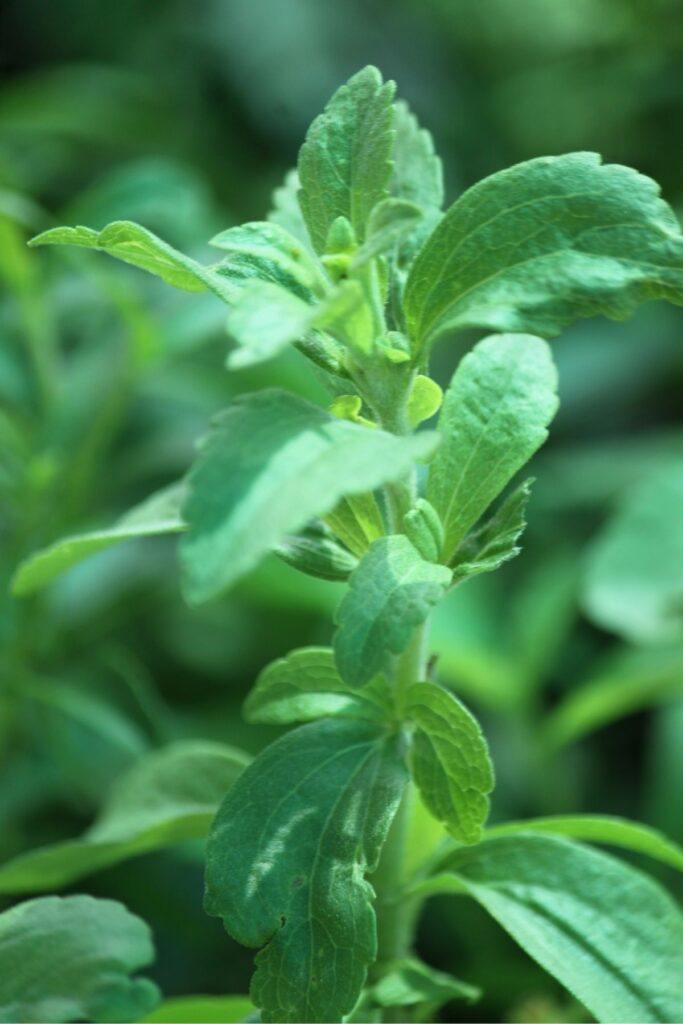
9. Stevia (Stevia rebaudiana)
Nature’s sweetener, stevia leaves can be used fresh or dried to add natural sweetness to any tea blend without calories or glycemic impact.
- Needs warm temperatures and full sun
- Can be grown as an annual in colder climates
- Keep soil consistently moist
- Harvest leaves throughout growing season
- A little goes a long way – use sparingly
Best uses: Natural sweetener for other teas, mixed with tart herbs like hibiscus
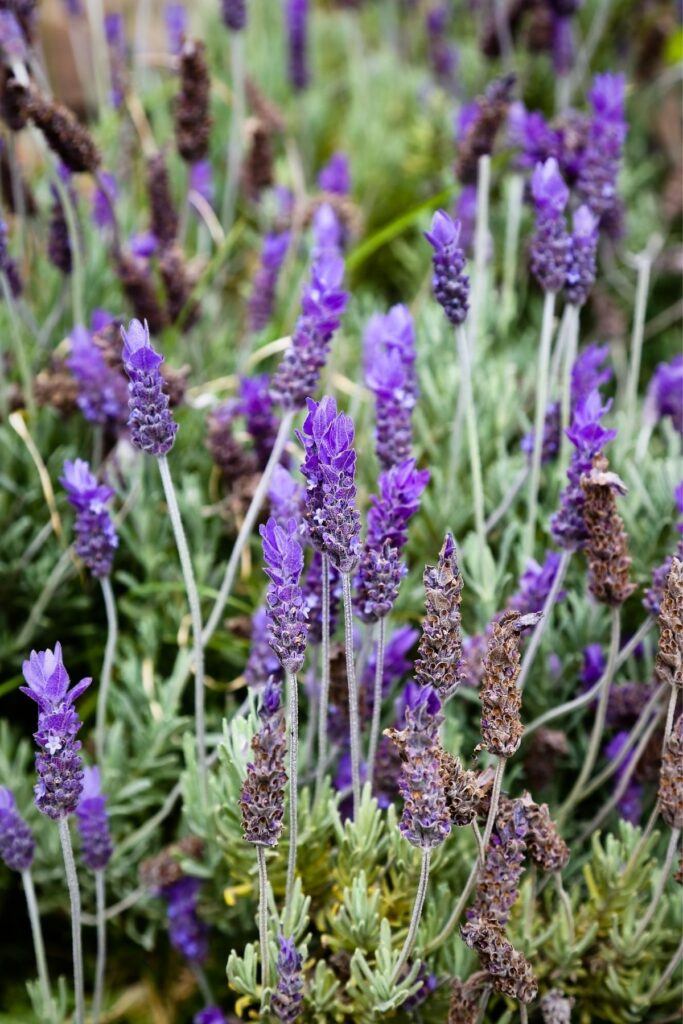
10. Lavender (Lavandula angustifolia)
English lavender varieties are best for culinary use, offering a sweet floral flavor that’s calming and distinctive.
- Requires excellent drainage – add extra perlite to soil
- Loves full sun and doesn’t like being overwatered
- Harvest flower spikes just as they begin to open
- Prune to maintain compact shape
- Use sparingly in tea blends – the flavor is potent
Best uses: Relaxation blends, mixed with other herbs (particularly lemon ones)
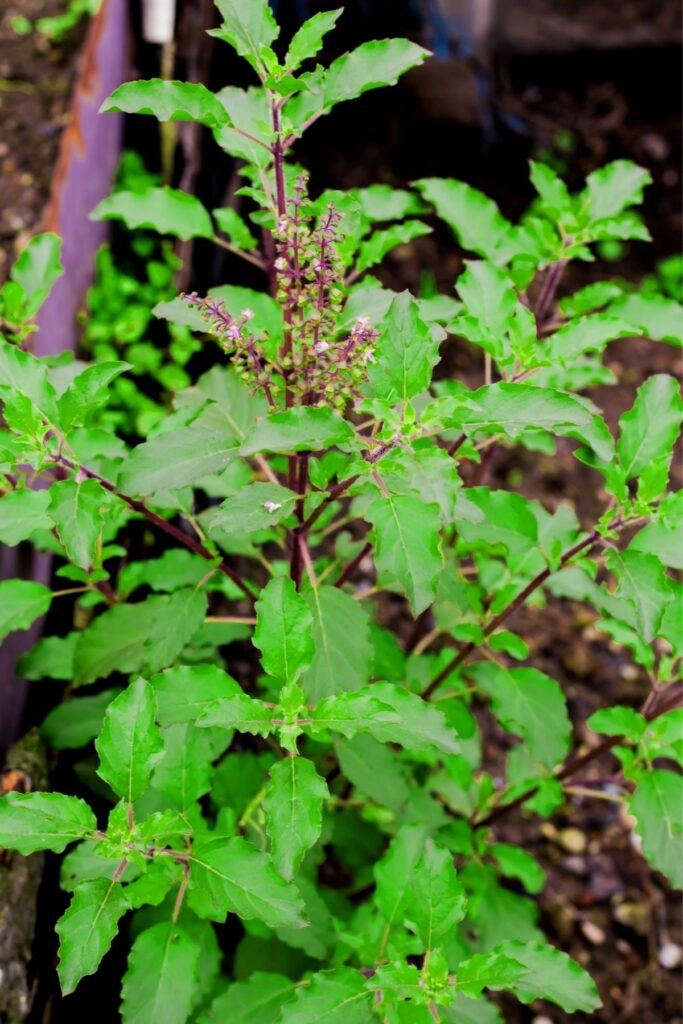
11. Tulsi/Holy Basil (Ocimum sanctum)
A sacred plant in India, tulsi makes a spicy, warming tea that’s adaptogenic and perfect for stress relief.
- Grows easily from seed or cuttings
- Pinch regularly to encourage bushiness
- Prefers warm temperatures and full sun
- More heat-tolerant than culinary basil
- Both leaves and flowers are usable
Best uses: Immune support, stress relief, respiratory support

12. Thyme (Thymus vulgaris)
Common culinary thyme makes an excellent medicinal tea, particularly for respiratory issues. Try lemon thyme varieties for a citrus twist.
- Needs excellent drainage and full sun
- Drought-tolerant once established
- Trim regularly to prevent woodiness
- Many varieties to choose from – lemon thyme is excellent for tea
- Perennial in most climates
Best uses: Respiratory support, immune-boosting tea, sore throat relief
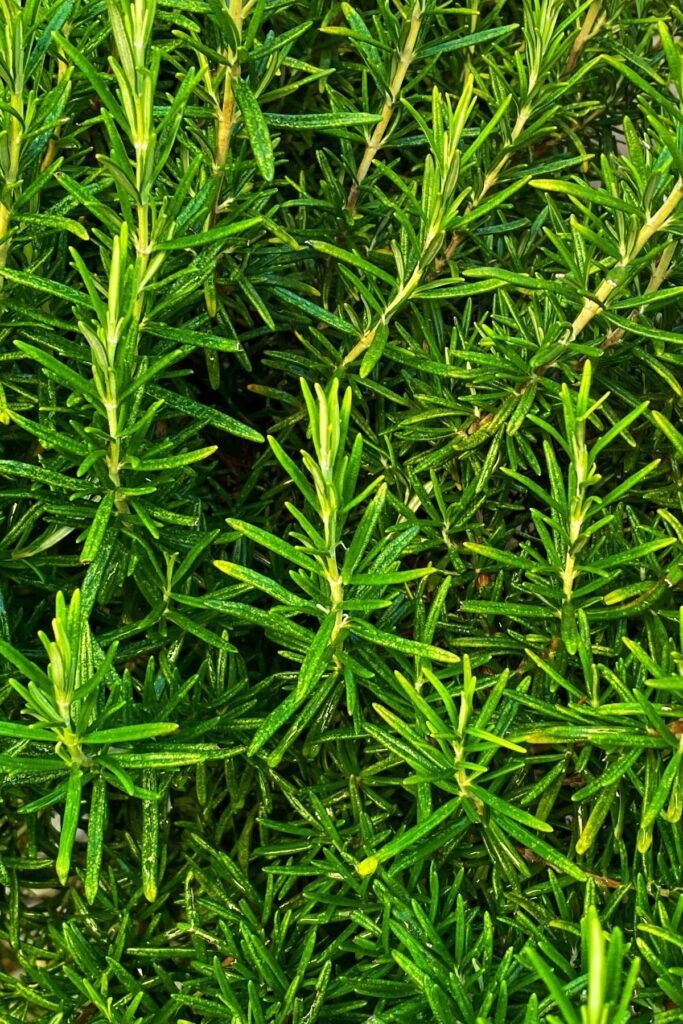
13. Rosemary (Rosmarinus officinalis)
This woody herb creates a distinctive piney-flavored tea that improves circulation and memory.
- Requires excellent drainage and full sun
- Allow soil to dry between watering
- Choose upright or trailing varieties depending on your space
- Can be shaped into attractive topiary forms
- Harvest sprigs throughout the year
Best uses: Memory-enhancing tea, circulation support, hair rinse
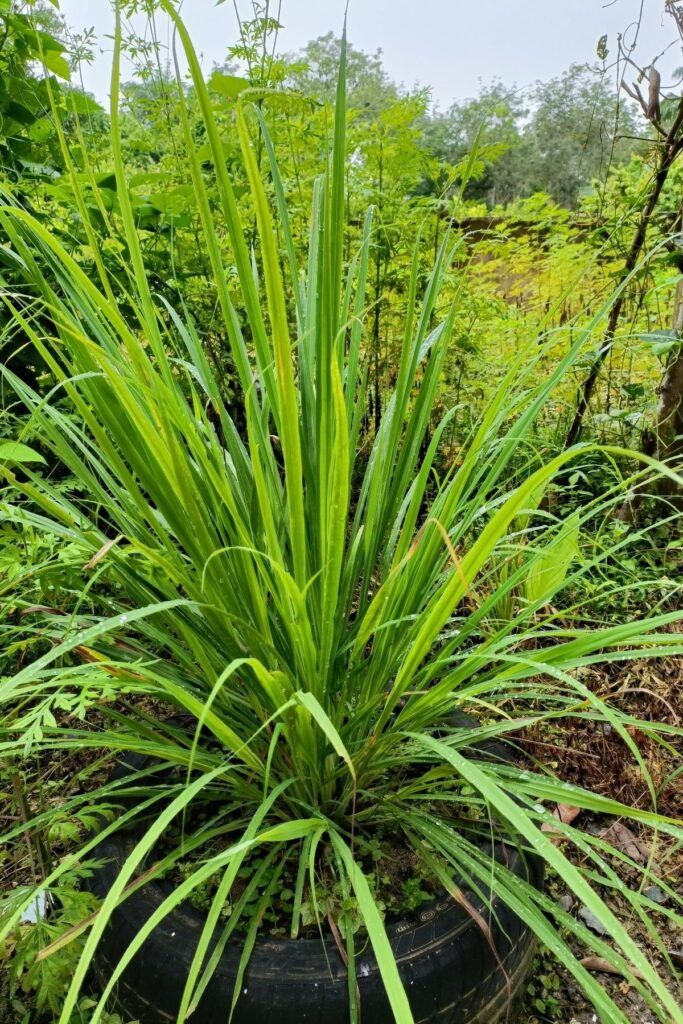
14. Lemongrass (Cymbopogon citratus)
This tropical grass brings a vibrant citrus note to tea blends and is remarkably easy to grow in containers.
- Loves heat and sun
- Keep well-watered during growing season
- Bring indoors or protect during winter
- Harvest outer stalks by cutting at the base
- Grows quite large—needs a deeper container
Best uses: Digestive support, refreshing iced tea, immune support
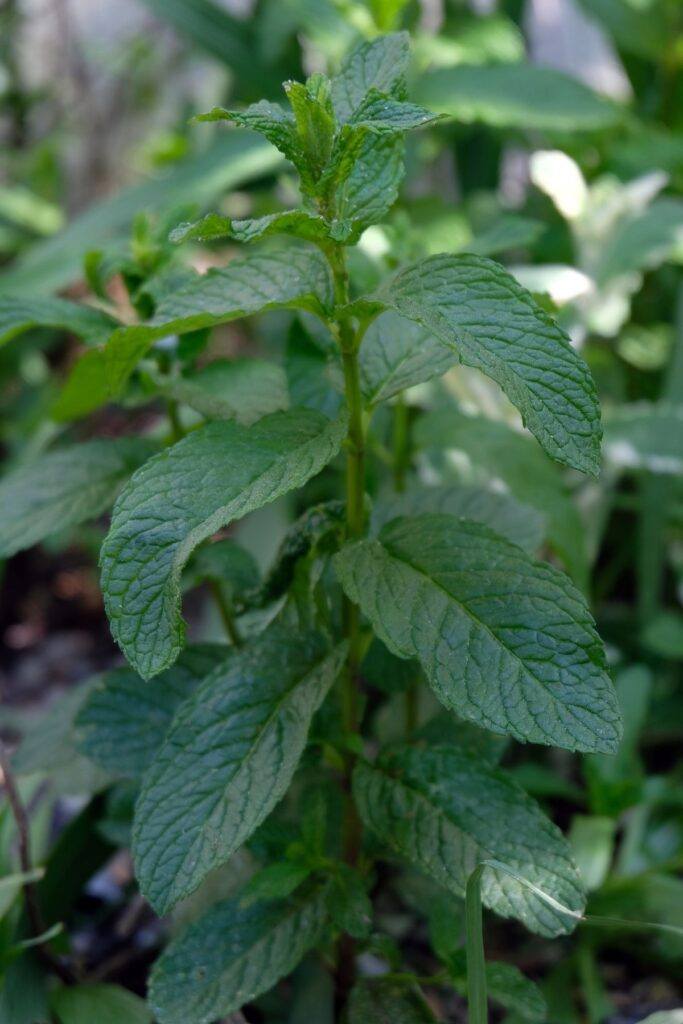
15. Spearmint (Mentha spicata)
Milder than peppermint, spearmint offers a gentler flavor that’s perfect for daily drinking and blending with stronger herbs.
- Grow in its own container to control spreading
- More shade-tolerant than many herbs
- Regular harvesting encourages bushier growth
- Makes an excellent companion to fruit teas
- Perfect “starter herb” for absolute beginners
Best uses: Digestive support, refreshing everyday tea, gentle enough for children
What I Wish I Knew Before Starting: Tips for Growing Tea
Start Small, Grow Gradually My first herbal tea garden design attempt failed because I tried growing too many plants for tea garden at once. Begin with 3-4 herbs that you know you’ll use regularly from your tea garden plants list, then expand as you gain confidence. Mint, lemon balm, and chamomile make an excellent starter trio of plants to grow for tea that blend well together.
Containers Dry Out Quickly Container plants need more frequent watering than garden plants. During hot summer months, you might need to water daily. Consider self-watering containers or water-retaining soil amendments if you’re forgetful like me!
Harvesting Actually Helps For months, I was afraid to harvest my herbs, thinking it would weaken them. In reality, regular pruning encourages bushier growth and more leaves. Don’t be shy—most herbs thrive when harvested regularly.
Frequently Asked Questions
How soon can I harvest from my tea garden? Most herbs can be lightly harvested about 6-8 weeks after planting. Wait until plants are well-established with multiple stems before taking more than a few leaves at a time.
Can I grow tea plants indoors? Yes! Mint, lemon balm, and stevia do particularly well indoors. Place them in your brightest window or under grow lights, and ensure good air circulation to prevent pests.
How do I dry herbs for tea? Air-drying is the simplest method for how to dry herbs for tea: hang small bundles upside down in a warm, dry area away from direct sunlight. Store dried herbs in airtight containers away from heat and light for your homemade tea collection.
What about caffeine? The medicinal herbs garden plants listed here are all naturally caffeine-free. True tea plants gardening (Camellia sinensis) contains caffeine and is challenging to grow in containers, but these herbal alternatives provide wonderful flavor without the stimulant effect.
How do I keep pests away organically? Regular inspection is key. Spray plants with diluted neem oil [AFFILIATE LINK PLACEHOLDER] or insecticidal soap for aphids and spider mites. Good air circulation helps prevent many problems before they start.
Key Takeaways for Your Tea Garden
- Container choice matters – ensure good drainage and match container size to plant needs
- Sunlight is crucial – most tea herbs need at least 4-6 hours of direct sun daily
- Regular harvesting improves plant health and productivity
- Start with easy winners like mint, lemon balm, and chamomile before trying more challenging varieties
Next Steps for Tea Garden Ideas Backyards and Balconies
Ready to expand your herbal knowledge? Check out these related topics:
- [Creating Custom Tea Blends from Your Herbal Tea Garden Harvest] – Learn how to combine herbs for flavor and medicinal benefits
- [Drying and Storing Herbs for Year-Round Tea Enjoyment] – Preserve your harvest for winter use
- [Tea Garden Ideas Backyards and Balconies: Companion Planting] – Discover which tea plants to grow together for better results
Final Recommended Resources
Level Up Your Tea Garden with these carefully selected tools and supplies:
- Professional-grade herb scissors for clean harvesting
- Glass storage jars with airtight seals
- Vertical garden planter to maximize small spaces
- Herb drying rack for efficient processing
Growing your own herbal tea garden brings a special kind of satisfaction—the ability to brew a cup of tea that’s truly yours from plant to cup. Whether you’re seeking better health, greater self-sufficiency, or simply exploring creative tea garden ideas, a balcony herb tea garden delivers all these benefits and more.
Have you tried tea gardening before? I’d love to hear which plants for tea garden you’re excited to try or any questions you have about starting your own balcony tea garden. Drop a comment below, and don’t forget to subscribe for more small-space gardening tips delivered straight to your inbox!
Happy growing and even happier sipping!

